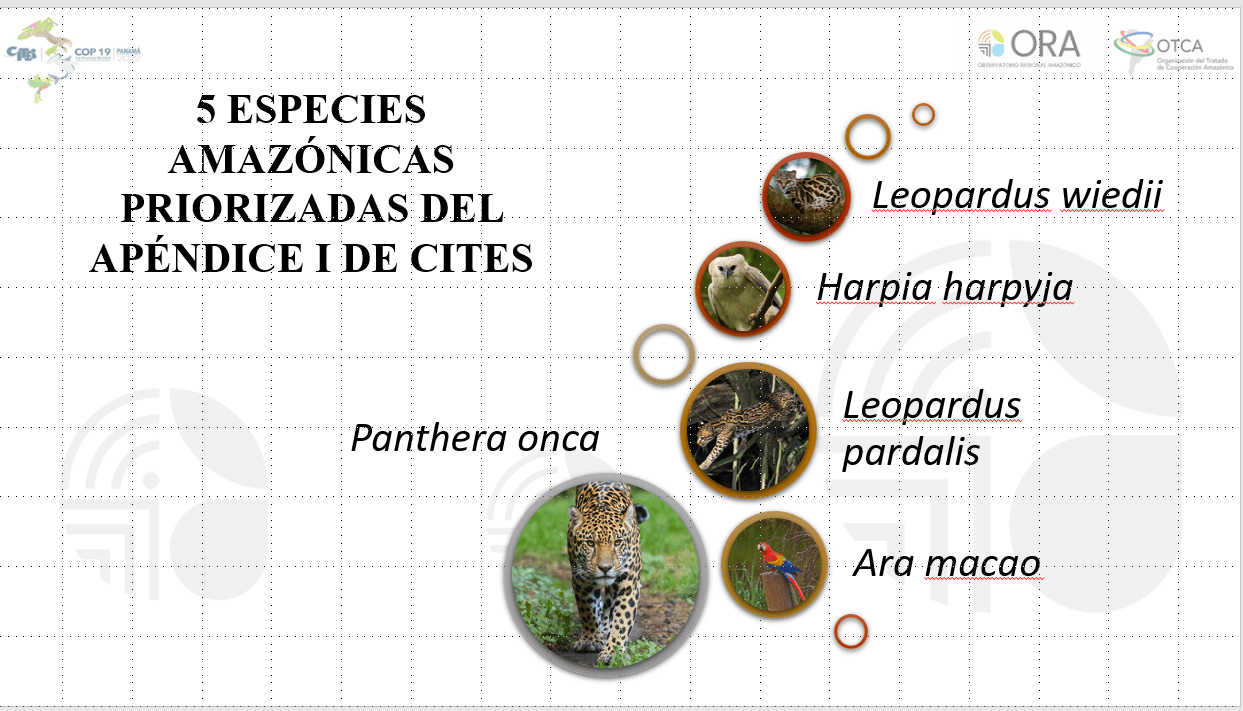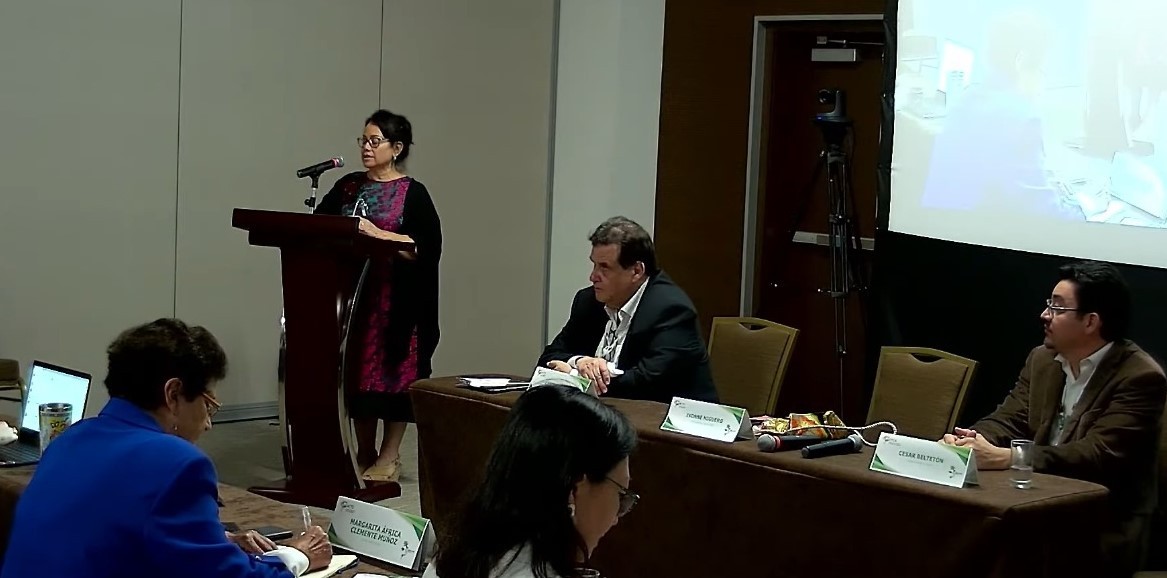This information system is intended to optimize the management of information, so that the CITES permit can be obtained electronically.
Author: Héctor Daniel Victoria Pizo, consultant
With the support of ACTO, through the Bioamazon Project, Colombia contracted a consultancy to diagnose the current situation and identify requirements for developing its CITES Electronic Permit System within the framework of the National System for the Traceability of Fauna and Flora, with the aim of ensuring greater control, follow-up and response to requests, increasing and improving the efficiency and effectiveness of the management of procedures and optimizing time and resources.
In Colombia, the Ministry of Environment and Sustainable Development (Minambiente) is designated as the country’s Management Authority for the Convention on International Trade in Endangered Species of Wild Fauna and Flora (CITES). The Board of Forests, Biodiversity and Ecosystem Services of the Ministry of the Environment (DBBSE) is in charge of the role before the Convention and its functions are to present annual and biennial reports on trade, communicate with other CITES Convention bodies, regulate this trade and regulate the permit system. This regulation consists of generating export, import and re-export permits for species listed in the CITES Appendices. These permits can only be issued if the requirements demanded by the authority are met.
The DBBSE, together with the regional environmental authorities, the National Environmental Licensing Authority (ANLA), the National Police, the National Tax and Customs Board (DIAN) and the Colombian Agricultural Institute (ICA), must carry out the respective control and monitoring of those who process CITES species, as well as the products resulting from their processing. Currently, the procedure for the issuance of CITES permits is carried out according to their commercial or non-commercial purpose.
The reception and evaluation of permit applications for both commercial and non-commercial purposes is carried out and managed by Minambiente. As a result of the process, a permit is issued, which is a physical document sent to the competent authorities and entities, with a copy to the permit holder. However, the process of receiving the application, the generation of technical concepts, the control and monitoring of CITES species inventories and other data and information management procedures are carried out manually in several Excel documents.
Proposal for online system
The development and implementation of the National Fauna and Flora Traceability System will make it possible to track the history, location and trajectory of specimens and biodiversity products throughout their supply chain, from their origin to their final destination and the reporting route to feed the existing national information systems, in order to determine the complete traceability of the use of natural wildlife resources, which will ensure adequate management, monitoring and control of the resource. However, the management of each of these phases cannot be approached independently but in an integral manner, since there must be an interrelation between them in order to determine the complete traceability of the use of natural resources of wild fauna and flora, to ensure adequate management, monitoring and control of the resource.
The National Biodiversity Traceability System is a macro system composed of the following modules: Planning, Harvesting, Mobilization, Industries and the CITES permit issuance electronic window.
With regard to CITES permits, a Phase 1 analysis of the current situation and requirements was carried out, information was sought and the current status of the process for issuing CITES permits in Colombia was defined, analyzing it within the framework of the National System for Traceability of Fauna and Flora, based on the current functionality of the different processes involved in the process.
Based on the current situation defined under the business architecture domains for the process of issuing CITES permits in Colombia, a proposal was structured for the future state to be reached through the implementation of an information system that allows the integration of the processes and the interoperability of the parties involved, describing in detail the objective functionality of the different sub-processes that are part of each phase.
A gap analysis was performed, establishing the evaluation of the differences between the current state of the process and the objective to be achieved, comparing the condition or level of the process with that of the standards to be achieved. The expected result is the generation of strategies and actions to reach the desired future objective. The gaps in the current status of the CITES permitting process in Colombia were also established by distinguishing those activities that require continuity in the development of the process, those that should be carried out through the implementation of modifications or those that should definitely be eliminated from the process.
To achieve the proposal, the functional requirements to be met with the design of the National Fauna and Flora Traceability System were formulated, which should make it possible to manage the information associated with the processing of permits under the CITES Convention. Finally, as a result, a roadmap document was prepared, establishing the work packages needed to achieve the project’s objectives, evaluating the most relevant needs to be addressed, the gaps and the alternative solutions.
The purpose of this information system is to advance technologically and optimize information management, so that CITES permits can be obtained electronically, in accordance with current technology trends, thus responding to the policies established by the State, through the use of best practices and methodologies for data management, to support decision making for the management, monitoring and control of species of wild fauna and flora threatened by trade.
Published in the Bioamazon Newsletter, issue n. 9, May-June 2021.



